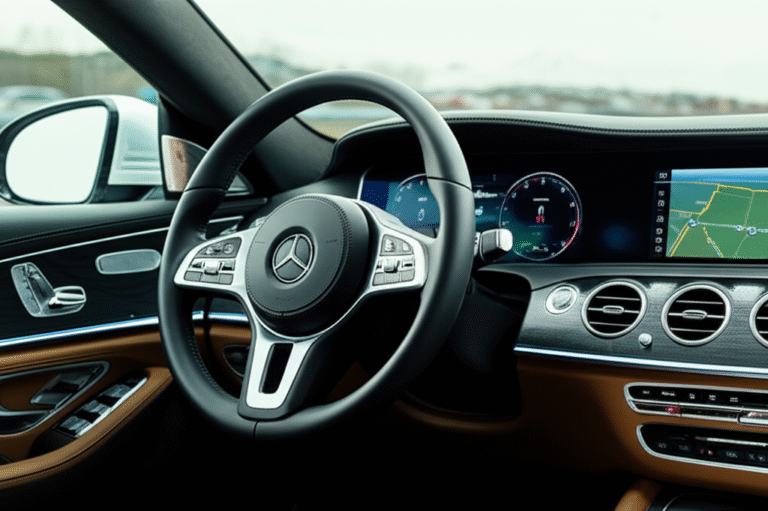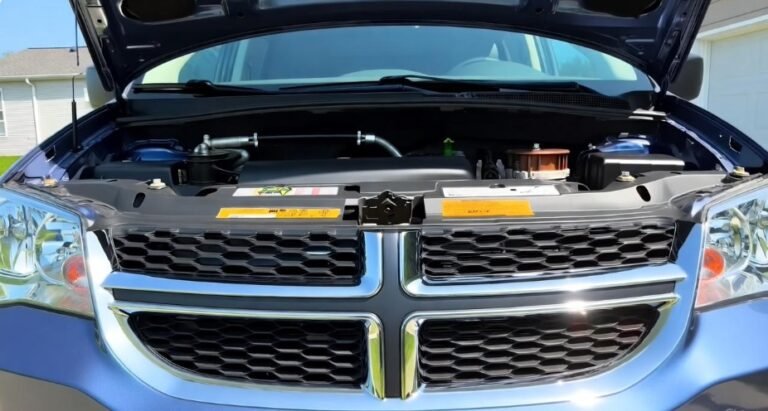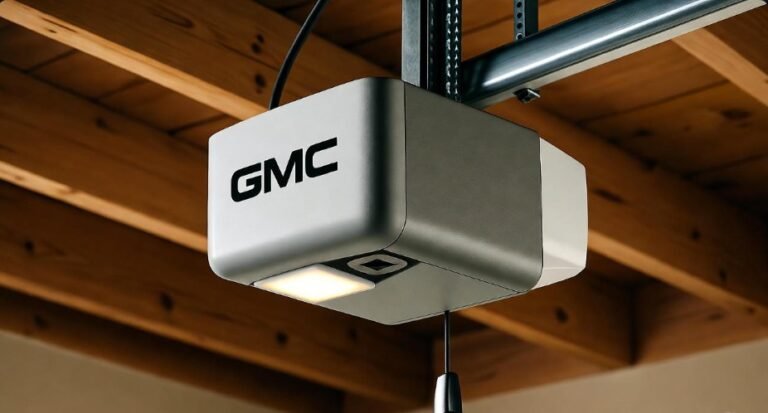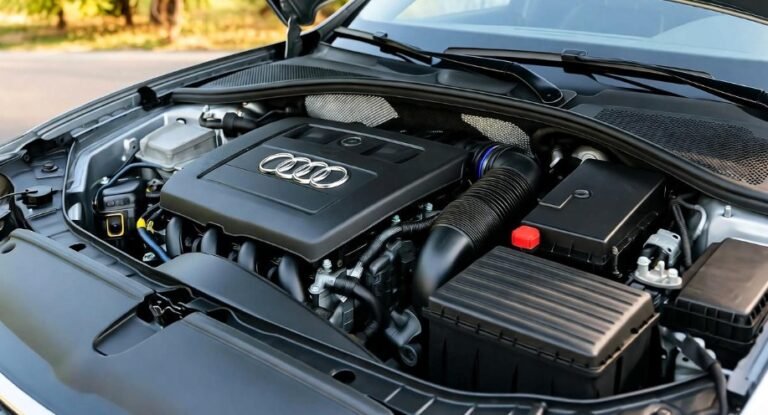Suzuki Access 125 Disc Brake: Get Yours
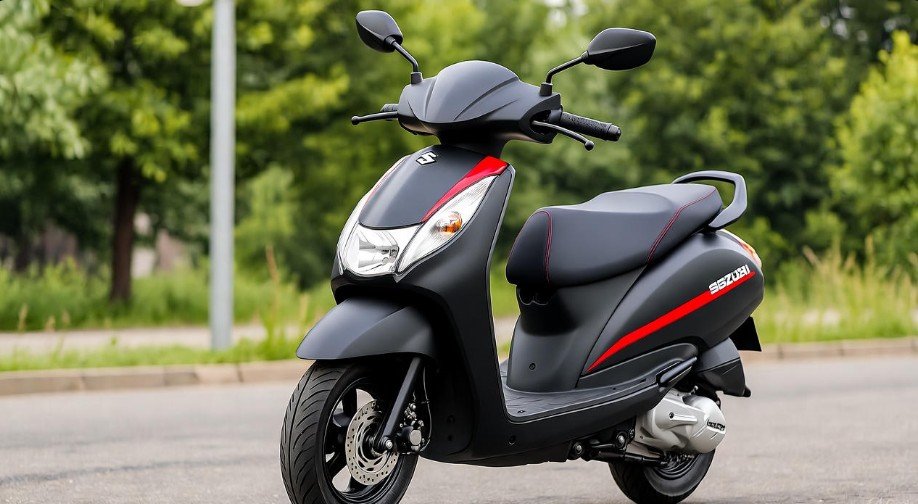
Ready to get your Suzuki Access 125 with a disc brake? This guide makes upgrading simple, ensuring you get the enhanced stopping power and safety you need for a confident ride.
In This Article
- 1 Key Takeaways
- 2 Why Choose the Suzuki Access 125 Disc Brake?
- 3 Where to Get Your Suzuki Access 125 Disc Brake
- 4 What to Check Before You Get Yours
- 5 Navigating the Purchase: A Step-by-Step Guide
- 6 Suzuki Access 125 Disc Brake vs. Drum Brake: A Comparison
- 7 Maintaining Your Suzuki Access 125 Disc Brake
- 8 Pro Tips
- 9 Frequently Asked Questions (FAQs)
- 9.1 Q1: Is the Suzuki Access 125 disc brake worth the extra cost?
- 9.2 Q2: Can I upgrade my Suzuki Access 125 drum brake to a disc brake?
- 9.3 Q3: What is the typical maintenance cost for the disc brake system on a Suzuki Access 125?
- 9.4 Q4: Where can I find the official owner’s manual for my Suzuki Access 125 disc brake?
- 9.5 Q5: How often should I check my brake pads?
- 9.6 Q6: Are there different types of disc brake systems for scooters?
- 10 Conclusion
Key Takeaways
- Understand the benefits of the Suzuki Access 125 disc brake.
- Learn where to purchase your new scooter or upgrade.
- Discover essential checks before finalizing your purchase.
- Explore maintenance tips for optimal braking performance.
- Compare features and pricing for informed decisions.
Thinking about getting a scooter that offers both style and reliable performance? The Suzuki Access 125 is a popular choice, known for its comfort and efficiency. When you’re looking to enhance its safety and riding experience, the Suzuki Access 125 disc brake version stands out. Many riders find the idea of upgrading or choosing a model with disc brakes a bit confusing, but it’s a straightforward decision once you understand the advantages. This guide is here to demystify the process. We’ll walk you through everything you need to know to confidently get your Suzuki Access 125 disc brake model. Let’s explore how you can get yours today and enjoy a safer ride.
Why Choose the Suzuki Access 125 Disc Brake?
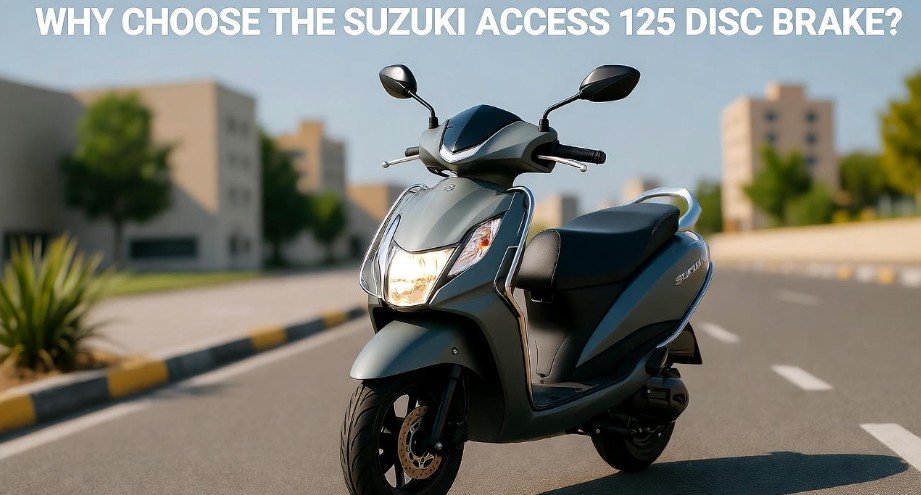
The Suzuki Access 125 has long been a favorite in its segment, offering a blend of practicality and rider comfort. When considering its braking system, an upgrade to disc brakes brings significant advantages. Unlike traditional drum brakes, disc brakes offer superior stopping power and better heat dissipation, which is crucial for consistent performance, especially in varying road conditions and emergency stops. For riders in the USA, where diverse driving environments are common, this enhanced safety feature is a compelling reason to opt for the disc brake variant. It provides a more responsive and controlled braking experience, giving you greater confidence behind the handlebars.
Superior Stopping Power
The primary advantage of a disc brake system is its significantly enhanced stopping power compared to drum brakes. A disc brake uses a caliper to squeeze brake pads against a rotating disc (rotor) attached to the wheel. This direct friction-to-metal contact allows for faster and more powerful deceleration. For a scooter like the Suzuki Access 125, which is often used for daily commutes and navigating city traffic, this means quicker reaction times in potential hazards and a greater sense of security. Imagine a sudden need to stop – the disc brake will engage more effectively, reducing your stopping distance considerably.
Improved Heat Dissipation
Braking generates heat. Drum brakes, enclosed within the wheel hub, tend to trap heat. This can lead to brake fade, where the brakes become less effective as they overheat. Disc brakes, on the other hand, are exposed to the air, allowing them to cool down more efficiently. This improved heat dissipation ensures that the Suzuki Access 125 disc brake system maintains its optimal performance even during prolonged braking or downhill descents. Consistent braking performance is vital for safety, and disc brakes deliver this reliability.
Better Wet Weather Performance
Inclement weather can make riding challenging, and effective braking becomes even more critical. Disc brakes generally perform better in wet conditions than drum brakes. The open design of the disc and caliper allows water to be flung off more easily, ensuring that the brake pads maintain better contact with the rotor. This translates to more predictable and reliable braking when you need it most, providing an extra layer of safety for your daily journeys.
Modern Design and Aesthetics
Beyond the functional benefits, the disc brake variant often comes with a more modern aesthetic. The visible disc rotor and caliper can add a sporty and premium look to the scooter, appealing to riders who appreciate both form and function. This can be a subtle but significant factor for those who want their ride to look as good as it performs.
Where to Get Your Suzuki Access 125 Disc Brake
Securing your Suzuki Access 125 with a disc brake is a process that typically involves visiting authorized dealerships or exploring reputable online platforms. As Aautomotives, we always recommend official channels to ensure you receive a genuine product, proper warranty, and professional support. The Suzuki Access 125 is widely available in many global markets, and its disc brake variant is a popular configuration.
Authorized Suzuki Dealerships
The most straightforward and recommended way to get your Suzuki Access 125 disc brake is through an authorized Suzuki dealership. These dealerships are official retailers and service centers, ensuring you get a brand-new scooter that meets Suzuki’s quality standards. When you visit a dealership, you can:
- See the scooter in person and check out the disc brake setup.
- Discuss various trim levels and color options.
- Inquire about financing options and current promotions.
- Get a test ride to feel the performance and handling.
- Understand the warranty details and after-sales service.
Dealerships provide peace of mind, knowing you’re purchasing a legitimate vehicle with full manufacturer support. You can find your nearest authorized Suzuki dealer by visiting the official Suzuki Motorcycles website for your region. Many of these sites have a “Dealer Locator” tool.
Online Automotive Marketplaces (Use with Caution)
While purchasing a vehicle like a scooter online can offer convenience, it’s crucial to exercise caution. Some reputable online automotive platforms might list new or pre-owned Suzuki Access 125 models with disc brakes. However, it’s vital to:
- Verify the seller’s credibility.
- Ensure the listing is for a genuine Suzuki Access 125 disc brake model.
- Understand the return policy and warranty terms.
- Arrange for a pre-purchase inspection, ideally by a certified mechanic.
- Be wary of deals that seem too good to be true.
For major purchases like a scooter, dealing directly with an authorized dealer is generally safer and provides better recourse if issues arise.
Potential for Upgrades (If Available)
In some markets, the Suzuki Access 125 might be offered with different brake configurations. If you find a model with drum brakes and are set on disc brakes, you might explore the possibility of a dealer-installed upgrade or aftermarket conversion. However, this can be more complex and costly than buying the disc brake version from the outset. It’s essential to consult with your dealer about the feasibility and implications of such an upgrade, including warranty coverage. Aftermarket upgrades should be performed by experienced technicians to ensure safety and compliance.
What to Check Before You Get Yours
Before you finalize your purchase of a Suzuki Access 125 disc brake scooter, a few key checks can ensure you’re getting the best value and a vehicle that perfectly suits your needs. As your trusted automotive companion, Aautomotives guides you through these important steps.
Verify the Disc Brake Configuration
It might sound obvious, but double-check that the specific model you are looking at indeed has the disc brake. Sometimes, specifications can vary by region or model year. Look for the disc brake on the front wheel (the most common setup for scooters offering this option). The caliper mechanism will be visible around the wheel hub, distinct from a simple drum brake cover.
Inspect the Scooter Thoroughly
Whether buying new or pre-owned, a physical inspection is crucial.
- Bodywork: Look for any scratches, dents, or signs of damage.
- Tires: Check the tread depth and ensure they are in good condition.
- Lights and Signals: Test all lights, indicators, and the horn.
- Engine and Transmission: If possible, a brief test ride will help you feel how the engine performs and how smoothly the transmission operates.
Understand the Model Year and Features
Suzuki periodically updates its models, introducing new features or design tweaks. Clarify the model year of the scooter you’re interested in. This can affect pricing, available color schemes, and specific features. For example, newer models might come with LED lighting, a digital instrument cluster, or an integrated braking system (CBS) that works in tandem with the disc brake for even greater safety.
Review Pricing and Financing Options
Compare prices across different dealerships if possible. Understand the “out-the-door” price, which includes all taxes, fees, and registration costs. If you’re financing, explore the terms, interest rates, and monthly payments. Be clear about any hidden charges.
Check Warranty and Service Plans
A new scooter typically comes with a manufacturer’s warranty. Understand what it covers, its duration, and any requirements for maintaining it (e.g., scheduled servicing at authorized centers). Learn about the after-sales service offered by the dealership and the availability of spare parts.
Getting your Suzuki Access 125 disc brake model is an exciting process. Here’s a clear, step-by-step approach to make it as smooth as possible.
- Research and Identify Your Needs: Determine if the Suzuki Access 125 disc brake model is the right fit for your riding style, commute, and budget. Consider other scooters in the same class for comparison.
- Locate Authorized Dealers: Use the official Suzuki website to find dealerships in your area. Read online reviews of dealerships to gauge their customer service reputation.
- Visit Dealerships and Inquire: Contact dealerships to confirm they have the specific Suzuki Access 125 disc brake variant in stock. Schedule a visit to see the scooter.
- Test Ride: If the dealership allows, take the scooter for a test ride. Pay attention to the handling, acceleration, and, most importantly, the responsiveness of the disc brake.
- Discuss Pricing and Options: Negotiate the price and clarify all associated costs. Discuss any available promotions, accessories, or extended warranty options.
- Finance Application (If Needed): If you require financing, complete the necessary paperwork with the dealer or your chosen lending institution.
- Complete the Paperwork: Once you’re satisfied, sign the sales agreement, registration documents, and any financing contracts.
- Arrange for Delivery or Pickup: Decide whether you’ll pick up the scooter yourself or arrange for delivery. Ensure all necessary registration and insurance are handled.
- Familiarize Yourself with Your Scooter: Before your first major ride, take time to understand all the controls, features, and basic maintenance requirements.
Suzuki Access 125 Disc Brake vs. Drum Brake: A Comparison
Understanding the differences between the disc brake and drum brake variants of the Suzuki Access 125 is key to making an informed choice. Here’s a breakdown:
| Feature | Suzuki Access 125 Disc Brake | Suzuki Access 125 Drum Brake |
|---|---|---|
| Stopping Power | Superior, quicker stopping distance | Adequate, but less potent than disc |
| Heat Dissipation | Excellent, reduces brake fade | Fair, can be prone to fade under heavy use |
| Wet Weather Performance | Better, less affected by water | Can be compromised by water |
| Maintenance Complexity | Slightly more complex, but pads are accessible | Simpler design, but internal components can be harder to access |
| Cost | Typically higher initial price | Typically lower initial price |
| Performance Feel | More responsive and progressive | Can feel slightly softer |
| Aesthetics | Often considered sportier due to visible caliper and rotor | More conventional appearance |
For riders who prioritize safety, performance, and a confident feel, especially in diverse U.S. driving conditions, the disc brake version is generally the preferred choice. While it might come at a slightly higher price point, the enhanced safety and braking performance offer excellent value.
Maintaining Your Suzuki Access 125 Disc Brake
Once you’ve got your new Suzuki Access 125 disc brake scooter, proper maintenance is key to ensuring its longevity and optimal performance. Regular checks and servicing will keep your brakes in top condition.
Brake Pad Inspection and Replacement
Brake pads are wear items and will need replacing periodically. Your owner’s manual will provide recommended intervals, but visually inspecting them during regular maintenance is wise. Look for the thickness of the friction material. If it’s worn down to a thin layer, it’s time for a replacement. Authorized service centers can perform this for you, or if you’re mechanically inclined, it’s a manageable DIY task.
Brake Fluid Checks
The hydraulic system of your disc brake relies on brake fluid. This fluid can degrade over time and absorb moisture, reducing its effectiveness. Check the brake fluid level regularly, usually indicated in a small reservoir near the brake lever. Ensure it’s between the minimum and maximum marks. Brake fluid should be flushed and replaced at recommended intervals (often every two years) to maintain braking performance. Refer to your Suzuki Access 125 owner’s manual for the specific type of brake fluid required and the service schedule.
Rotor Condition
The brake rotor (disc) should be inspected for signs of wear, warping, or deep grooves. A damaged rotor can compromise braking effectiveness and cause noise or vibration. Most routine checks will include a quick glance at the rotor’s condition.
Cleaning
Keeping your wheels and braking components clean can help prevent excessive grime buildup that might affect performance. A gentle wash with soap and water, followed by thorough drying, is usually sufficient. Avoid using high-pressure water jets directly on the brake components.
Pro Tips
Pro Tip: When riding in dusty or muddy conditions, be extra mindful of your braking performance. Clean your brake components more frequently to ensure optimal function.
Regular Servicing Schedule
Adhering to Suzuki’s recommended service schedule is paramount. This ensures that trained technicians perform thorough inspections, including checks on the braking system, engine oil, filters, and other critical components. Regular servicing helps catch potential issues early, saving you from more costly repairs down the line and keeping your Suzuki Access 125 running smoothly for years to come.
Frequently Asked Questions (FAQs)
Q1: Is the Suzuki Access 125 disc brake worth the extra cost?
A1: For most riders, yes. The enhanced stopping power, improved performance in various conditions, and greater safety offered by the disc brake system generally justify the slightly higher price, especially for daily commuting and urban riding.
Q2: Can I upgrade my Suzuki Access 125 drum brake to a disc brake?
A2: While technically possible with aftermarket parts, it can be complex, expensive, and may void your warranty. It’s usually more practical and cost-effective to purchase the disc brake model from the start.
Q3: What is the typical maintenance cost for the disc brake system on a Suzuki Access 125?
A3: Brake pad replacement is a common maintenance cost, typically ranging from $20-$50 for parts depending on the brand. Brake fluid changes are also relatively inexpensive. Overall, maintenance costs for the disc brake are comparable to, or slightly higher than, drum brakes due to pad replacement frequency.
Q4: Where can I find the official owner’s manual for my Suzuki Access 125 disc brake?
A4: You can usually download the owner’s manual from the official Suzuki Motorcycles website for your region. Authorized dealerships also typically have copies available.
Q5: How often should I check my brake pads?
A5: It’s a good practice to visually inspect your brake pads at least once a month, or more frequently if you ride extensively or in harsh conditions. Your owner’s manual will specify recommended replacement intervals.
Q6: Are there different types of disc brake systems for scooters?
A6: The most common for scooters is a single hydraulic disc brake system, usually on the front wheel. Some high-performance scooters might feature dual discs or more advanced caliper designs, but for the Access 125, it’s typically a straightforward front disc setup.
Conclusion
Choosing to get your Suzuki Access 125 with a disc brake is a smart decision that significantly enhances your riding experience. You’re investing in superior safety, more reliable performance, and greater confidence on every journey. By following the steps outlined – from understanding the benefits and knowing where to purchase, to performing thorough checks and committing to regular maintenance – you can ensure that your new scooter serves you well for years to come. Embrace the open road with the peace of mind that comes from having dependable braking power at your fingertips. Happy riding!

